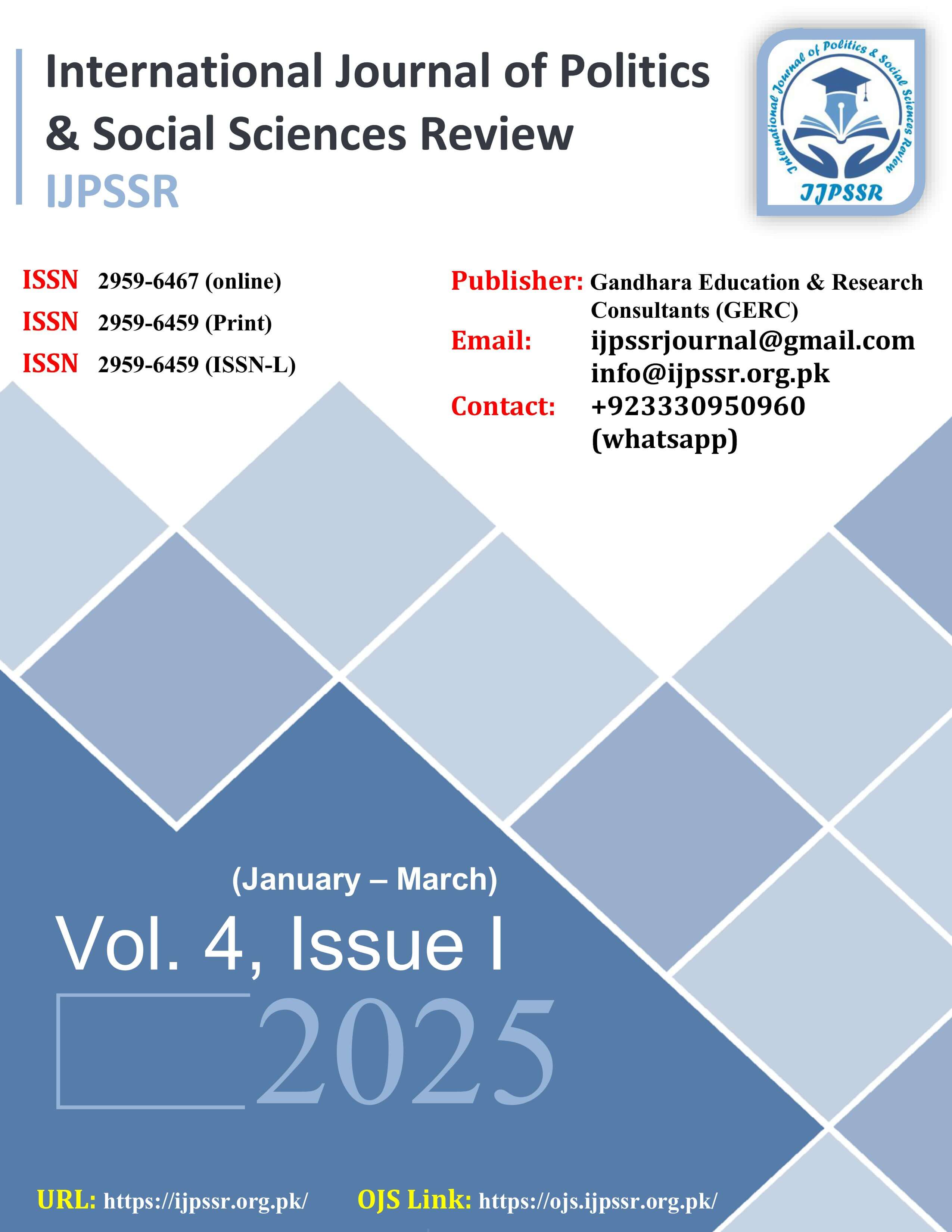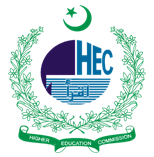Communicative Dignity in Diplomatic Communication: A Peace Linguistics Corpus Analysis of Western and Eastern Press Releases on the Taliban Regime, 2021
Keywords:
Afghanistan, Corpus Analysis, Diplomatic Communication, Peace and Conflict studies, Peace LinguisticsAbstract
Communication is the foundation upon which diplomatic ties are established, developed, bolstered, weakened, or terminated (Pukallaus, 2021). The purpose of this study is to study and compare the communicative dignity in the diplomatic communication by Western and Eastern diplomats used for Taliban regime, 2021 under the lens of Peace Linguistics. The linguistic strategies presented by Gomes de Matos (2008) were explored in the corpus of press releases from The United States of America, The United Kingdom, Pakistan and China; the results showed that the language used by diplomats followed peace linguistics strategies. However, comparatively the Eastern corpus exhibited higher frequencies of positive lexical choices compared to the Western press releases. The communicative dignity in the Eastern corpus was also greater compared to the Western corpus, likely due to the Eastern countries being neighboring nations and more concerned about Afghanistan's stability. The previous studies in the field of Peace Linguistics have often borrowed frameworks from other disciplines for analysis however, the current study is exploratory in nature and introduces a peace linguistics analytical framework. The study is significant in highlighting the positive role of communicative dignity in diplomatic communication, ultimately contributing to harmonious diplomatic relationships and making this world a better place to live in.
Downloads
Published
Issue
Section
License
Copyright (c) 2025 Kaukab Saba, Dr. Wasima Shehzad, Dr. Naveed Khattak

This work is licensed under a Creative Commons Attribution-NonCommercial 4.0 International License.








